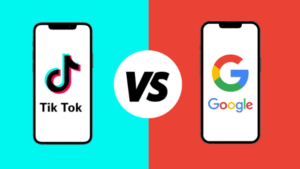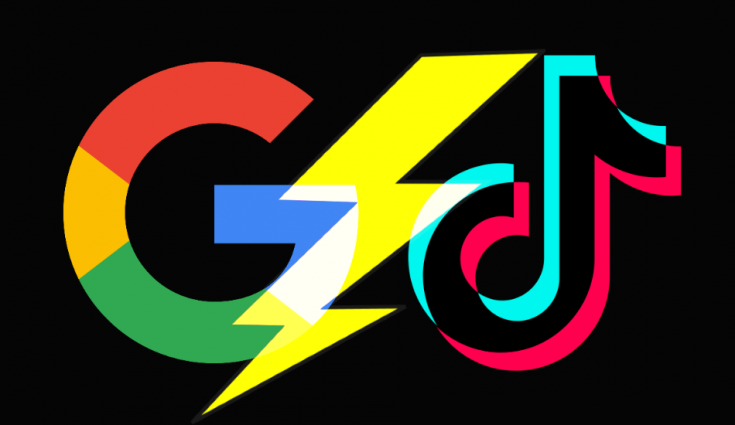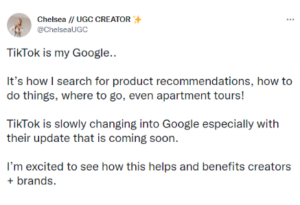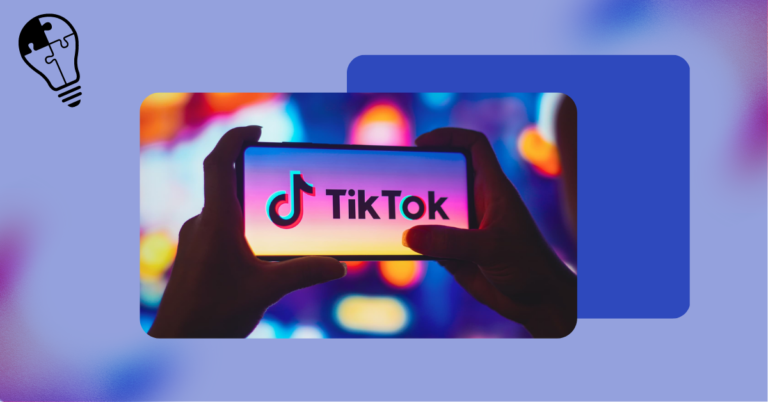Google Search is Out. Social Search is In
For the better part of two decades, Google has been the dominant search engine. But Gen Z is on track to change that. Rather than using Google search, Gen Z is moving more and more towards social search. Google’s Senior Vice President Prabhakar Raghavan said that 40% of young people go to TikTok or Instagram when searching for things like dining and fashion.

Understanding Social Search
Social search differs from traditional searches, such as Google, as it utilizes users’ information to create highly personalized results. When a user searches for something on a traditional search engine, the results are ranked based on relevance to the query. A social search takes combines this search by digging into the metadata of a post while also taking into account a user’s social graph, or social network, and behavior.
Similar to what we discussed in our exploration of social listening versus search listening, social search’s algorithm taps into public behaviors and conversations from users, while traditional search taps into users’ thoughts. Both have advantages and disadvantages.
So why is Gen Z moving into Social Search?
Gen Z spends the most time on social media of all age demographics, and specifically the most time on TikTok. According to statista.com, Gen Z spends twice the amount of time there than they do on YouTube and Instagram, which hold second and third place, respectively, which is a significant lead. So, it makes sense that they want to see content they’re used to.
Young users are accustomed to visually stimulating UGC that focuses on eliciting emotional responses in bite-size chunks. On the other hand, traditional search engines present information in text-driven content that feels more like research.

Gen Z Also Searches Differently
As Raghavan said at Fortune’s Brainstorm Tech conference, “We keep learning, over and over again, that new internet users don’t have the expectations and the mindset that we have become accustomed to. The queries they ask are completely different.”
Rather than typing in keywords, they’re looking for new, more immersive content. Reading about a restaurant’s menu is boring, but watching people enjoy the food while giving honest feedback is entertaining and more informative. As Adweek points out, an appeal of TikTok is that queries are not an exact match, which is the basis of SEO and even Instagram. Gen Z enjoys finding new products and businesses through discovery.

So What Does This Mean For Traditional Search?
There is and will always be a need for traditional search. There are many queries that people may not share on social media, such as personal medical challenges. But, traditional search engines still need to find ways to adapt to changing consumer desires.
Google, for example, is implementing AI and augmented reality to create richer search results and is also working on indexing TikTok and Instagram videos. But, this also means that businesses must have a strong, active social media presence.
Social media profiles are now digital storefronts. UGC and partnerships are interactive and immersive reviews. Community management is a way to build personable relationships with customers and increase brand loyalty. Since 73% of consumers are willing to pay more for products if they trust a brand, ensuring your brand can seamlessly integrate these activities with search (traditional and social) will be key.
With GenZ at the forefront of social search and social commerce, the time is now to incorporate social search into your social media strategy. If this sounds foreign to you and your brand, head over to our website to book a free 30-minute consultation. We’d love to share how we were able to help some of our clients bridge this gap!
What we’re reading:
- Move Over Google. TikTok Is Gen Z’s Go-To Search Engine (Adweek)
- What is Social Commerce and Why Should Your Brand Care? (Hootsuite)
- As Gen Z’s Buying Power Grows, Businesses Must Adapt Their Marketing (Forbes)
- Why Every Brand Needs Community Management
- Social Listening Versus Search Listening
- 5 Tips to Develop a Social Listening Strategy





